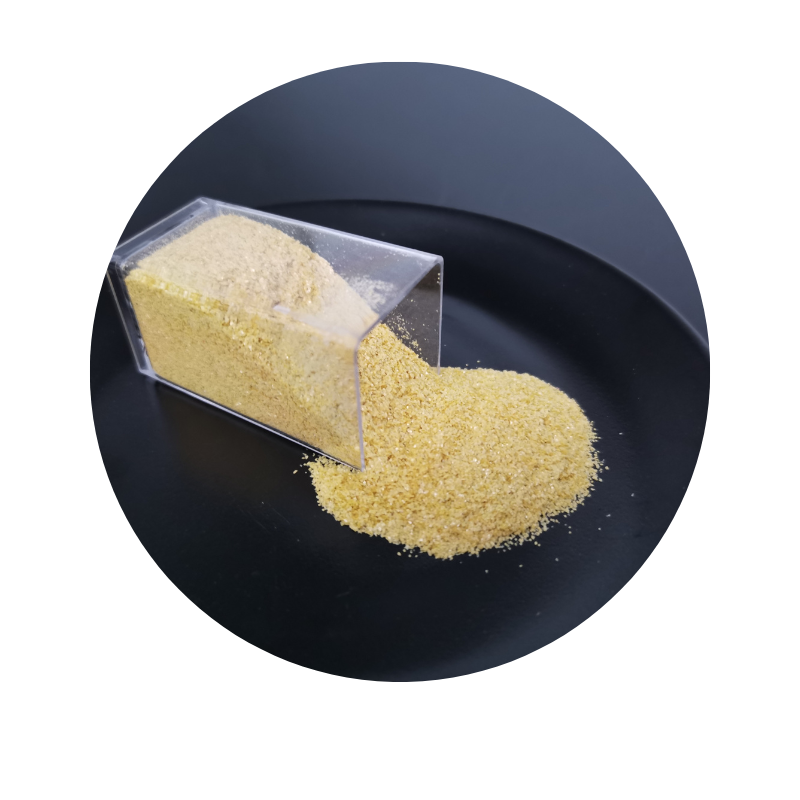
Exploring the Benefits and Applications of Fly Ash in Construction and Environmental Sustainability
The Use of Fly Ash A Sustainable Approach to Construction
Fly ash, a byproduct of coal combustion in power plants, has emerged as a valuable material in the construction industry. With the growing emphasis on sustainability and recycling, the use of fly ash not only contributes to reducing waste but also enhances the performance of concrete and other construction materials.
The Use of Fly Ash A Sustainable Approach to Construction
One of the significant environmental benefits of using fly ash is its role in reducing carbon emissions associated with cement production. The manufacturing of Portland cement is a highly energy-intensive process that contributes substantially to greenhouse gas emissions. By substituting a portion of cement with fly ash, the overall carbon footprint of concrete can be diminished. This shift not only helps in achieving broader environmental goals but also supports the construction industry's transition towards greener practices.
fly ash use

Moreover, the use of fly ash promotes waste management by diverting material from landfills. In countries where coal-fired power plants are prevalent, millions of tons of fly ash are generated annually. Instead of disposing of this material, recycling it for construction purposes offers a win-win solution. It minimizes landfill usage and provides a cost-effective alternative to traditional materials, ultimately lowering project costs.
In addition to concrete, fly ash can be utilized in various applications, including road base stabilization, lightweight fill materials, and even in the production of bricks and blocks. These diverse applications exemplify fly ash's versatility and its potential to revolutionize traditional construction methodologies. For instance, when used in road construction, fly ash not only enhances the mechanical properties of the subbase but also contributes to the overall sustainability of the project.
Despite its advantages, the use of fly ash does come with certain challenges. Variability in the quality and composition of fly ash can affect the consistency of the final product. Proper testing and quality control measures are essential to ensure that the fly ash conforms to established standards. Additionally, public perception of using industrial byproducts in construction may pose hurdles that need to be addressed through education and awareness campaigns highlighting the benefits of fly ash.
In conclusion, the utilization of fly ash in construction is a promising approach that aligns with the industry's push for sustainability. Its benefits in enhancing material performance, reducing environmental impact, and promoting resource efficiency make it an attractive option for builders and developers. As the construction industry continues to evolve, embracing innovative materials like fly ash will be crucial in addressing the pressing challenges of waste management and climate change. The future of construction lies not only in new technologies but also in the responsible use of available resources, and fly ash exemplifies this paradigm shift towards a more sustainable and resilient built environment.
Share
-
Premium Pigment Supplier Custom Solutions & Bulk OrdersNewsMay.30,2025
-
Top China Slag Fly Ash Manufacturer OEM Factory SolutionsNewsMay.30,2025
-
Natural Lava Rock & Pumice for Landscaping Durable Volcanic SolutionsNewsMay.30,2025
-
Custom Micro Silica Fume Powder Manufacturers High-Purity SolutionsNewsMay.29,2025
-
Custom Mica Powder Pigment Manufacturers Vibrant Colors & Bulk OrdersNewsMay.29,2025
-
Custom Micro Silica Fume Powder Manufacturers Premium QualityNewsMay.29,2025






